"We will have very little leverage over climate in the next couple of decades if we're just looking at carbon dioxide," per NASA study leader Shindell.
========================
4/25/15, "Obama And Kerry Have Saved The Planet," Steven Goddard
"Climate experts tell us that Greenland is melting down and we are all going to drown in a great flood caused by our carbon sins and greed
National Geographic cites: “A recent study says we can expect the oceans to rise between 2.5 and 6.5 feet by 2100, enough to swamp many of the cities along the U.S. East Coast. More dire estimates, including a complete meltdown of the Greenland ice sheet, push sea level rise to 23 feet, enough to submerge London.”Meanwhile scientists in Greenland have nearly disappeared under the 10,000 foot thick snow and ice, with temperatures 59 degrees below freezing.
Cole: Damaging effects of human-caused climate change already hurt sea life
summit:status:webcam
Greenland’s surface has gained nearly 500 billion tons of ice over the past eight months
Greenland Ice Sheet Surface Mass Budget: DMIArctic sea ice is the thickest it has been since 2006
Arctic sea ice extent is normal. Just below the 1981-2010 mean.
Bpiomas_plot_daily_heff.2sst.png (2488×1960)
N_stddev_timeseries.png (1050×840)
Antarctic sea ice extent is at a record high.
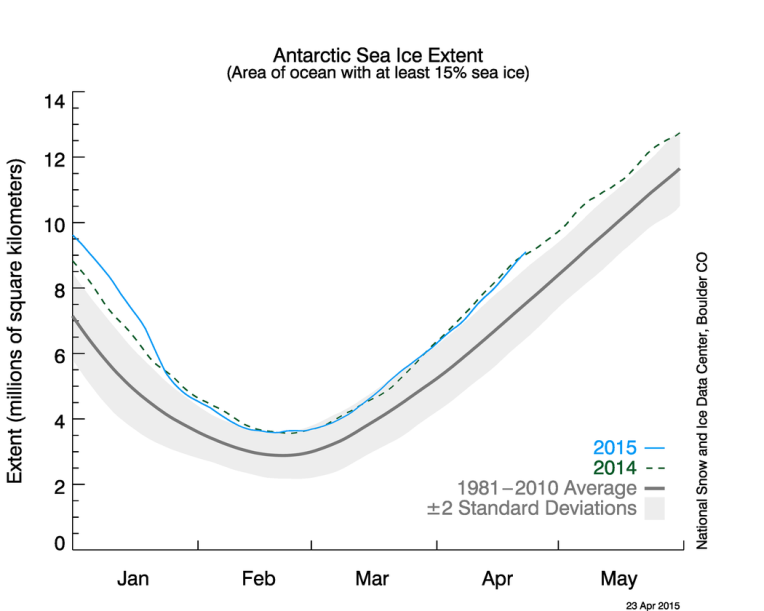
S_stddev_timeseries.png (1050×840)
The good news is that John Kerry has already stopped bad weather and sea level rise.
Secretary of State John F. Kerry took the helm of the Arctic Council on Friday on behalf of the United States.
Kerry promised to make the battle against climate change the first priority of the two-year U.S. stewardship of the council.
Preventing catastrophic weather events and rising sea levels “is not a future challenge; this is happening right now,” Kerry told the gathering at Iqaluit on Canada’s Baffin Island.
U.S. takes helm of Arctic Council, aims to focus on climate change – LA Times
Kerry and Obama ended the bad weather, by having exactly zero impact on global CO2 emissions over the past six years."
CO2now.org
=========================================
Added: Unfortunately US government focus on CO2 can't possibly help the Arctic climate in the near term. The lead author of a peer reviewed NASA study says recent Arctic climate is due to two factors, US Clean Air regulations of 1970s and 1990 (chart below) and increased black carbon emissions from Asia:
"We will have very little leverage over climate in the next couple of decades if we're just looking at carbon dioxide," per NASA study leader Drew Shindell.
4/8/2009, "Aerosols May Drive a Significant Portion of Arctic Warming," nasa.gov/topics
"Though greenhouse gases are invariably at the center of discussions about global climate change, new NASA research suggests that much of the atmospheric warming observed in the Arctic since 1976 may be due to changes in tiny airborne particles called aerosols.
Emitted by natural and human sources, aerosols can directly influence climate by reflecting or absorbing the sun's radiation. The small particles also affect climate indirectly by seeding clouds and changing cloud properties, such as reflectivity.
A new study, led by climate scientist Drew Shindell of the NASA Goddard Institute for Space Studies, New York, used a coupled ocean-atmosphere model to investigate how sensitive different regional climates are to changes in levels of carbon dioxide, ozone, and aerosols.
The researchers found that the mid and high latitudes are especially responsive to changes in the level of aerosols. Indeed, the model suggests aerosols likely account for 45 percent or more of the warming that has occurred in the Arctic during the last three decades. The results were published in the April issue of Nature Geoscience....
Sulfates, which come primarily from the burning of coal and oil, scatter incoming solar radiation and have a net cooling effect on climate. Over the past three decades, the United States and European countries have passed a series of laws that have reduced sulfate emissions by 50 percent. While improving air quality and aiding public health, the result has been less atmospheric cooling from sulfates.
At the same time, black carbon emissions have steadily risen, largely because of increasing emissions from Asia. Black carbon -- small, soot-like particles produced by industrial processes and the combustion of diesel and biofuels -- absorb incoming solar radiation and have a strong warming influence on the atmosphere....
The regions of Earth that showed the strongest responses to aerosols in the model are the same regions that have witnessed the greatest real-world temperature increases since 1976. The Arctic region has seen its surface air temperatures increase by 1.5 C (2.7 F) since the mid-1970s. In the Antarctic, where aerosols play less of a role, the surface air temperature has increased about 0.35 C (0.6 F)....
Since decreasing amounts of sulfates and increasing amounts of black carbon both encourage warming, temperature increases can be especially rapid. The build-up of aerosols also triggers positive feedback cycles that further accelerate warming as snow and ice cover retreat.
In the Antarctic, in contrast, the impact of sulfates and black carbon is minimized because of the continent’s isolation from major population centers and the emissions they produce.
"There's a tendency to think of aerosols as small players, but they're not," said Shindell. "Right now, in the mid-latitudes of the Northern Hemisphere and in the Arctic, the impact of aerosols is just as strong as that of the greenhouse gases."
The growing recognition that aerosols may play a larger climate role can have implications for policymakers.
"We will have very little leverage over climate in the next couple of decades if we're just looking at carbon dioxide," Shindell said. "If we want to try to stop the Arctic summer sea ice from melting completely over the next few decades, we're much better off looking at aerosols and ozone.""...
======================
2009 peer reviewed study cited in above NASA press release:
3/22/2009, "Climate response to regional radiative forcing during the twentieth century," Nature Geoscience, Drew Shindell1 and Greg Faluvegi1 | doi:10.1038/ngeo473
"We
conclude that decreasing concentrations of sulphate aerosols and
increasing concentrations of black carbon have substantially contributed
to rapid Arctic warming during the past three decades." [1979-2009]"....
=======.
..
2011 Peer reviewed study connecting post 1970 Northern Hemisphere warming with US laws to reduce air pollution:..
..
7/19/2011: PNAS.org: Reconciling anthropogenic climate change with observed temperature 1998–2008," PNAS.org.. . .
July 19, 2011 PNAS study in "Conclusion" notes post 1970 warming "is driven by efforts to reduce
air pollution
in general and acid deposition in
particular, which cause sulfur emissions to decline."
=====================
Chart below from 2009 NASA study shows changes in Northern Latitudes after "Clean Air Regulations":
4/8/2009, "Half of recent Arctic warming may not be due to greenhouse gases," Houston Chronicle, Eric Berger

"According to a new report, half of the recent Arctic warming is not due to greenhouse gases, but rather clean air policies.
That’s the conclusion of two scientists in a new Nature Geoscience paper (see abstract), which is more deeply outlined in this NASA news release.
Here’s a quote from lead author Drew Shindell of the NASA Goddard Institute for Space Studies:
“There’s a tendency to think of aerosols as small players, but they’re not,” said Shindell. “Right now, in the mid-latitudes of the Northern Hemisphere and in the Arctic, the impact of aerosols is just as strong as that of the greenhouse gases.” “We will have very little leverage over climate in the next couple of decades if we’re just looking at carbon dioxide,” Shindell said. “If we want to try to stop the Arctic summer sea ice from melting completely over the next few decades, we’re much better off looking at aerosols and ozone.”. ..
The following graphic [above] shows how clean air regulations passed in the 1970s have likely accelerated warming by diminishing the cooling effect of sulfates.
I probably don’t need to tell you the implications of this study. For one, if the results are validated,"...
[Ed. note: PNAS study 7/19/2011 validated the results. Cited global cooling effects of sulfates being lost via air pollution policies: "The post 1970 period of warming...is driven by efforts to reduce air pollution in general and acid deposition in particular, which cause sulfur emissions to decline while the concentration of greenhouse gases continues to rise (7)."...]
(continuing): "the notion that global warming is causing an accelerating, headlong retreat of the Arctic sea ice and driving the polar bear to imminent death…well, these notions just aren’t wholly correct anymore.
The study suggests that as much as half of the recent Arctic melting is not due to global warming, but rather to other factors. This report does not speak to global temperatures, but rather the Northern Hemisphere. And it does not suggest that global warming has played no role in the Arctic warming.
All the same, this is potentially a huge blow to those who advocate immediate action on controlling carbon dioxide.
Finally, for those of you who hate James Hansen: Please note that the author of this study works for Hansen."
Image above from Nasa.gov.
More on US geoengineering via Clean Air Acts of 1970, 1977 and 1990, epa.gov.
.
======================
EDF cheered Northern Hemisphere sulfate removal via cap and trade:
"Our cap-and-trade plan to reduce acid rain cut sulfur dioxide emissions in half, at a fraction of the expected costs."
.
====================
Reversing previous findings, 2014 peer reviewed study reports Northern and Southern Hemispheres are affected by completely different factors, global approach to climate won't work:
8/4/14, "Climate change not so global," University of Queensland, Australia
"Scientists are calling for a better understanding of regional climates, after research into New Zealand's glaciers has revealed climate change in the Northern Hemisphere does not directly affect the climate in the Southern Hemisphere.
The University of Queensland study showed that future climate changes may impact differently in the two hemispheres, meaning a generalised global approach isn’t the solution to climate issues.
UQ School of Geography, Planning and Environmental Management Head Professor Jamie Shulmeister said the study provided evidence for the late survival of significant glaciers in the mountains of New Zealand at the end of the last ice age – a time when other ice areas were retreating..
“This study reverses previous findings which suggested that New Zealand's glaciers disappeared at the same time as ice in the Northern Hemisphere,” he said."...
===================
Peer reviewed study cited above:
7/28/2014, "The early rise and late demise of New Zealand’s last glacial maximum," PNAS.org
"This article contains supporting information online at www.pnas.org/lookup/suppl/doi:10.1073/pnas.1401547111/-/DCSupplemental."
====================
...

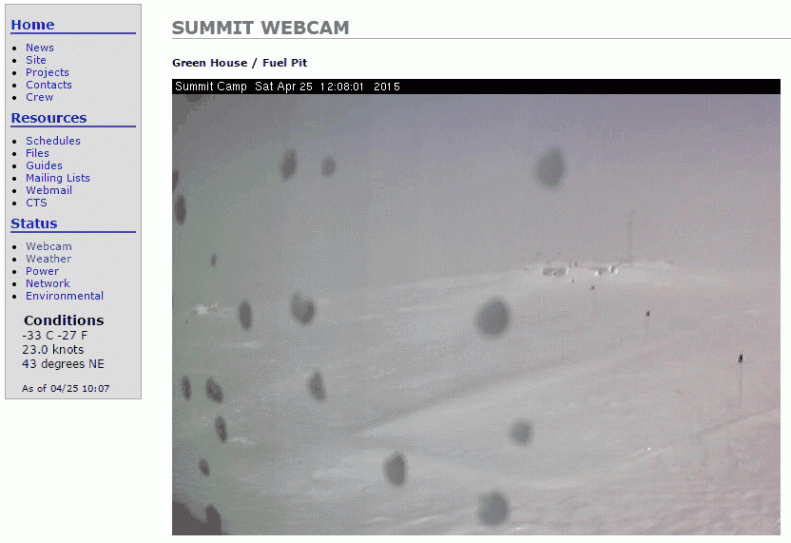
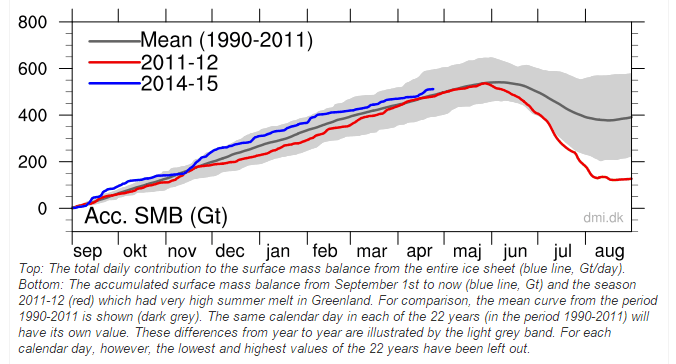
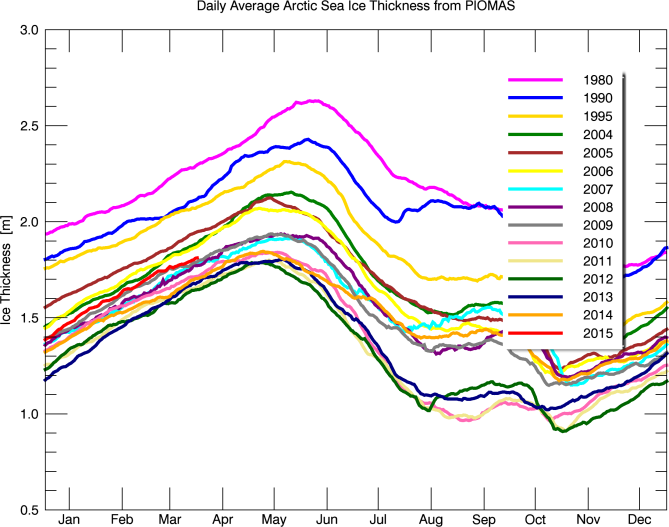
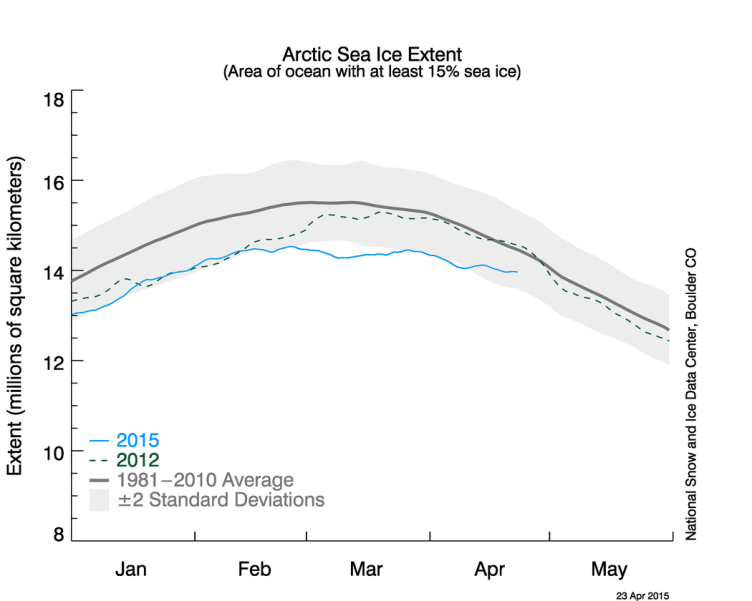


No comments:
Post a Comment